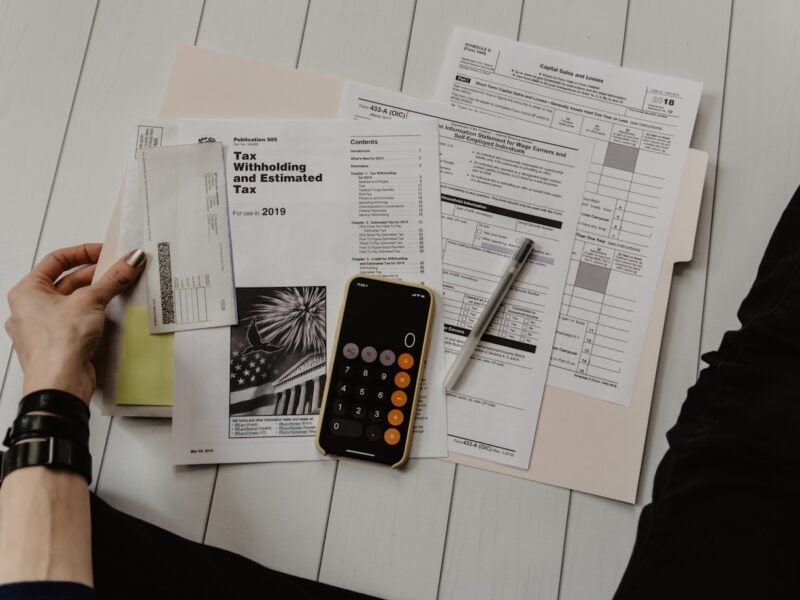Lean methodology is a technique that strives to optimize processes since it is the most excellent way to improve business. The basic concept is to increase the value-added to the client while reducing waste. Creating more excellent value with less operational costs is the goal of lean business process improvement. A Lean organization knows the significance of customer value and focuses its core processes on enhancing it.

Stay Keen on the Takt Time
Takt time reduces waste by allowing a flow to match actual demand. In many businesses, takt time necessitates a culture shift because employees are accustomed to producing ahead of schedule to meet anticipated demand and want to be seen as productive at all instances.
As businesses seek lean operations, they occasionally add a tiny buffer to takt time to account for any potential inconsistencies. By incorporating takt time into your business plan, you may save time and money by reducing waste and establishing a seamless process based on client demand.
Businesses can use the takt time formula to quickly deliver the proper items and quantities to their consumers while saving time, labor, and resources. When a business’s operation is continuous, and client demand is consistent, implementing takt time is the best option.
Enhance Quality
Your capacity to match or exceed customer expectations gets strongly determined by your business’s quality of goods and services. Let’s imagine you sell goods that require raw materials from three separate sources. The price, as well as the quality, differs for each. The cheapest alternative can save you significant amounts of money per quarter, but it is more likely to fail.
Do Away With Any Form of Waste
Waste and all the associated costs are often recognized as elements of a company’s overhead – expenses factored into consumers’ prices. As a result, implementing lean business processes requires decreasing wasteful procedures that waste time and effort while providing little value to the business or its customers.
Reduce the Lead Time
Lead times refer to the length of time it takes to complete the required or allocated tasks; it may also mean the intervals when completing the different stages. Lead times are one of the main reasons that contribute to waste in a business; waste should be decreased through process development. Long lead times might put your business at risk by disrupting crucial procedures.
Minimize the Total Costs
Your entire cost consists of the direct and overhead costs of getting your products to customers or distributing and offering your service to clients. There is no such thing as a predetermined price, and prices can and will fluctuate. Because of this fluctuation, you must regularly balance the product or service pricing your company offers against operating costs.
Waste is anything that serves no useful purpose to the consumer experience and contributes to your bottom line, but there is always a cost. It can be found at every enterprise level, in every division, and almost every activity. The ultimate goal of lean is to eliminate all waste. Even if it is not entirely attainable, it should remain the ultimate objective.


